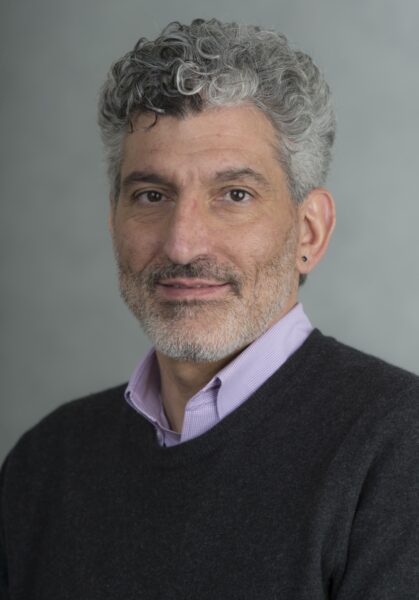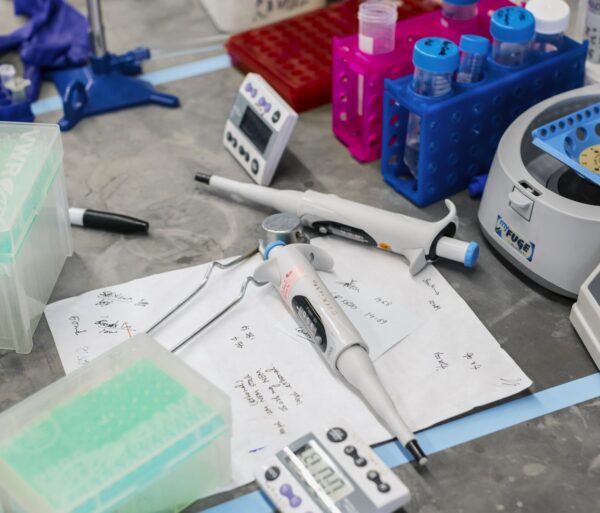
In 2002, Dr. Nicholas Hatsopoulos, Department of Organismal Biology and Anatomy at The University of Chicago, was awarded his first BRF Seed Grant for $25,000. His lab set out to understand the basics behind how neurons in the motor cortex controlled reaching movement. In 2008, his project expanded his research by examining more complex tasks. The goal of this project was to understand how neurons in multiple motor cortical areas coordinated reach to grasp behavior. Dr. Hatsopoulos and his team have been very productive, generating extremely interesting results. His lab was the first to demonstrate that kinesthetic sensory feedback enhanced the speed of getting to a visual target. That is, by mechanically moving an animal’s arm to follow the visual cursor the monkey was controlling via the motor cortex of his mind, they showed that the time it took to successfully have the cursor reach a target decreased (40% faster), than if they did not move the arm. That result and others were published in several scientific journals, and they were included in new research proposals to obtain larger, outside grants, totaling $4.2 million. The additional support enabled him to continue his line of work and to collaborate with other scientists to examine sensorimotor control of the mouth and face it, looking at feeding behavior – the movements of the tongue and jaw used in chewing and swallowing and other voluntary orofacial behaviors. Dr. Hatsopoulos’ research may lead to more effective rehabilitative treatments for motor disabled patients with brain damage due to stroke or injury. In addition, it may have direct relevance toward the development of a “thought controlled” prosthetic device by which spinal cord injury, ALS, or amputees may control reaching and grasping.


